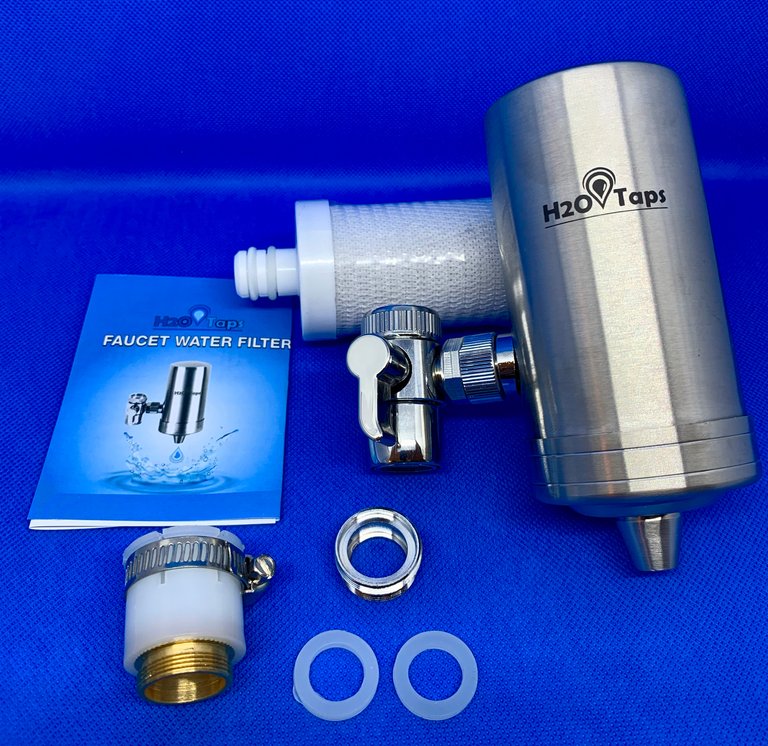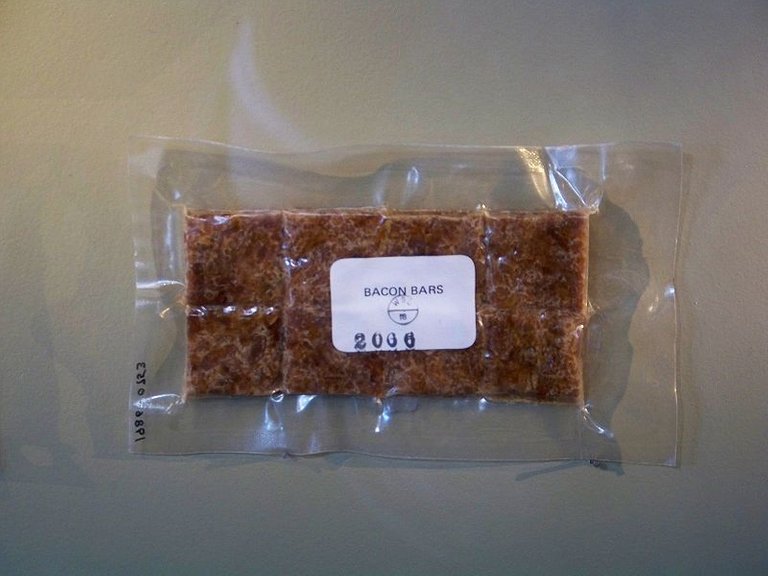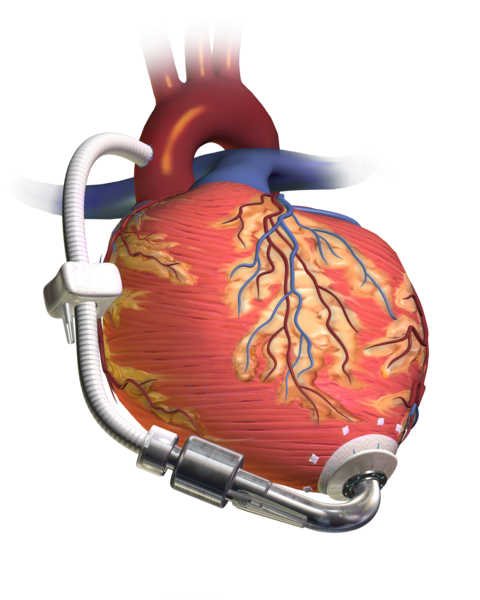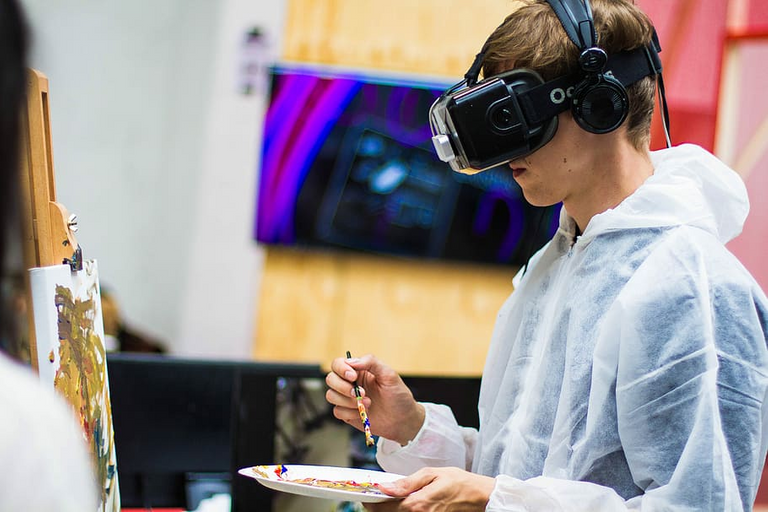There is no doubt that some people do not see space science beyond a capital draining project or just an avenue to fund some people's hobbies. When an average person hears about space science or the technology that has come to be as a result of the former, their mind never comes to how close these technologies might be despite them resulting from things that are so far away. With NASA being the biggest space science body, they have been responsible for the creation of some of the most important technologies in the past century.
These number of inventions and technologies have come to be as a result of their doings, they also include some that are used on a daily basis by an average person. Below are some devices that have their roots deep in NASA/ Sector they are in but are being used on people to make their lives better.
Filters for Tap water
Does anyone know where astronauts get water from? As there is no tap in space. They get water from what they have in storage, the water in storage is gotten from recycling the ones they have egested. The filters were designed to cleanse water during long flights. Yes! This same technology has been adapted on Earth and is now being widely used by the common man. It is safe to say that it was made possible indirectly by space exploration activities.

Freeze-dried foods
In space, every ounce of weight and inch of space aboard a shuttle must be properly utilized because the craft and crew must travel as lightweight as they can. Freeze-dried food items have spurned out of this need, they have become very essential. Freeze-dried foods are designed to be incredibly light while their nutritional value remains unchanged. Once reconstituted, they are also easier and more pleasant to eat than former meal sources that were packed into squeeze tubes. Elderlies have also begun to take this as a way of eating more for less. Next time you or someone you know free-dries any food, remember to say thanks to space science.

A Heart transplant device
You might be wondering why this is on this listicle, or what is so special about heart transplants or any device attached to it. In the 1980s, NASA scientists and Dr. Michael DeBakery collaborated to create the MicroMed-DeBakey Ventricle Assistive Device. The device was designed to keep patients alive while waiting for heart transplants, it does this by pumping blood throughout the body in order to lessen the stress on the heart. To create this device, NASA scientists were tasked with creating a way to successful implantation in patients. They did this by modeling designs that looked at generating less friction, friction damaged blood cells, and increased the chance of blood clotting.

Weightless weight machine
Space travel comes with its side effects. Astronauts who spend a long time in space suffer from low body mass and body atrophy. The only solution was to have them build their body in space by gyming. NASA scientists were able to come to the rescue by fabricating a gyming machine that could be used in space but how do they intend to go about it seeing that these exercising equipment themselves weighed a ton. By using elastic, they built a weightless weight machine. This innovation was commercialized under the name "Bowflex".
Clean air
Put your minds at rest, NASA did not give us air, they helped create the purifying technology that ensures that. A partnership was formed in the 1990s between the Marshall Space Flight Centre and the University of Wisconsin-Madison, the partnership was to look at the “build-up of ethylene” and how to prevent it, and Ethylene is a gas that accelerates the rate of decay. Over the course of the partnership, the partners were able to develop a scrubber, its purpose was to convert ethylene into water and carbon dioxide. Far from it being used at the International Space Station, scientists have been using it to remove a range of other airborne pathogens. Airocide, a highly sought-after air filtration product relies heavily on this technology.
Computing
NASA's dabble into cloud computing was Nebula. Subsequently, they went open source with it and OpenStack is an offshoot of the dabble. They also gave out 1600 pieces of software for free, all of which are being utilized on different ends.
Virtual Reality
Your virtual reality gadgets and technology were not original ideas of game houses and companies, you guessed right! They are an offspring of one of NASA’s genius ideas. NASA scientists in 1984 were looking at developing a technology that will enable easy operations in gravity-less space. They call it “advanced human interfaces for NASA’s teleoperations” and this was later nomenclatured as virtual reality. That singular idea has become the bedrock of many others, it is even the bedrock behind entire industries. Military organizations have used it in training traffic controllers and fighter pilots to differentiate distinct sounds, this has improved their service. This is the long-run has saved lives. Other organizations that have relied heavily on this technology would be video game creators, the work Oculus VR has been able to make from this is still being admired by all.

ttps://p2.piqsels.com/preview/254/48/924/virtual-reality-vr-art-artist.jpg
Smoke detectors
The Common smoke detector we all have in our homes and offices was a spinoff of the version that was used in Skylab, the US first space station. The original design was made to help NASA adjust smoke detector sensitivity levels.
Mylar
Mylar, a warmth-reflecting plastic safeguard covered in aluminum, was invented by NASA in the 1950s to shield rockets from the sun's warmth. The exceptional change in cold and warmth experienced in space made it amazingly hard to direct the temperature of the space transport and the space explorers ready. Mylar protection settled the issue. An indispensable segment in spaceship and spacesuit plans.
Final words
There are tons of other day-to-day technological inventions that are probably too numerous to be included in this article. So next time you hear about space science or NASA, do not just think about the men and women in space, an avenue to siphon or waste money, or just a way of finding someone's hobby. Think about the endless possibilities they are creating for the world below.
Thank you all for your continuous support and audience.
References
- https://www.mentalfloss.com/article/67854/how-do-astronauts-get-drinking-water-iss
- https://www.depts.ttu.edu/aged/agriculturist/fall2001/spacefood_story.html
- https://spinoff.nasa.gov/spinoff2002/hm_3.html
- https://www.uschamber.com/co/good-company/growth-studio/8-technologies-we-can-thank-nasa-for
- https://en.wikipedia.org/wiki/OpenStack
Congratulations @hadji! You have completed the following achievement on the Hive blockchain and have been rewarded with new badge(s) :
Your next target is to reach 31000 upvotes.
You can view your badges on your board and compare yourself to others in the Ranking
If you no longer want to receive notifications, reply to this comment with the word
STOPCheck out the last post from @hivebuzz:
Thanks for your contribution to the STEMsocial community. Feel free to join us on discord to get to know the rest of us!
Please consider supporting our funding proposal, approving our witness (@stem.witness) or delegating to the @stemsocial account (for some ROI).
Please consider using the STEMsocial app
app and including @stemsocial as a beneficiary to get a stronger support.